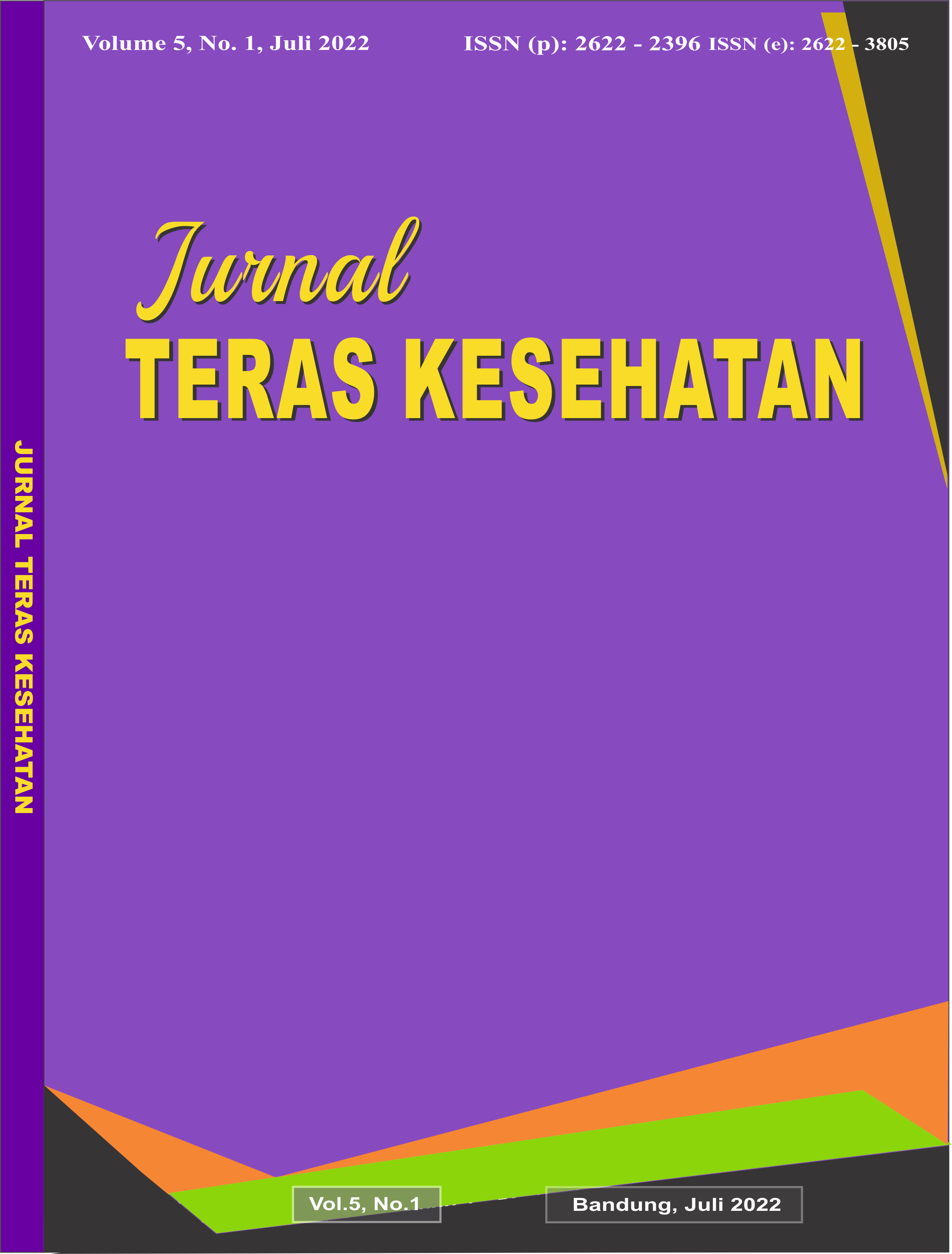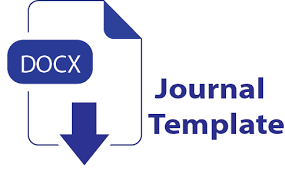VARIASI FAKTOR EKSPOSI PADA PEMERIKSAAN SCHEDEL PROYEKSI ANTERIOR POSTERIOR UNTUK HASIL RADIOGRAFI YANG MAKSIMAL DI RUMAH SAKIT AL ISLAM BANDUNG
Variation of Exposure Factors on Schedel Examination using Anterior Posterior Projection to Maximize Radiographs Quality at Al Islam Hospital of Bandung
DOI:
https://doi.org/10.38215/jutek.v3i1.47Keywords:
Posterior Anterior, Head, kV, mAsAbstract
The head is an examination that is often done at each hospital, especially Posterior Anterior projection. The quality of the results of a good picture of contrast, density and detail are needed so that the exposure factor will be very influential on the head examination. The study was conducted at Al Islam Hospital in Bandung using the head phantom. Variations in kV and mAs in this study were AP projections with 64 kV and 11.2 mAs, AP schemes with 72 kV and 14.2 mAs, AP heads with 80 kV and 12.6 mAs, AP heads with 88 kV and 14, 2 mAs and AP head radiographs with 96 kV and 16.0 mAs. The maximum exposure factor value on the head phantom in anteroposterior projections based on the data is that the respondent's value has changed and only one is the same or similar from the respondent's perspective, the use of kV 64 and mAs 11.2 has a density value of the ten respondents by 94%, the value of in contrast to the ten respondents by 68%, the sharpness value of the ten respondents by 74%, and the detailed value of the ten respondents by 74%. In the use of kV 72 and mAs 14.2, the density value of the ten respondents was 42%, the contrast value of the ten respondents was 44%, the sharpness value of the ten respondents was 38%, and the retail value of the ten respondents was 38%. The use of kV 80 and mAs 12.6 has a density value of the ten respondents of 56%, the contrast value of the ten respondents by 44%, the sharpness value of the ten respondents by 40%, and the retail value of the ten respondents by 40%. In the use of kV 88 and mAs 14.2, the density value of the ten respondents was 78%, the contrast value of the ten respondents was 64%, the sharpness value of the ten respondents was 64%, and the retail value of the ten respondents was 64%. In the use of kV 96 and mAs 16.0, the density value of the ten respondents was 78%, the contrast value of the ten respondents was 76%, the sharpness value of the ten respondents was 64%, and the retail value of the ten respondents was 80%. According to the evaluation of the ten respondents expose at Al Islam Hospital Bandung, the results of the first radiograph with the exposure factor kV 64 and mAs 11.2 had the highest value. And the lowest index value of each respondent is the exposure factor kV 72 and mAs 14.2.
Downloads
References
Balinger, W. Philip and Frank, D. Eugene. (2010). Merrill’s Atlas Of Radiogrhapic Positions and Radiologic Procedures (10th ed Vol 2). Missouri, USA :Mosby.
Berkala Fisika, Vol 1. No 2. (2008). Hal 45 – 52. Variassi Nilai Eksposi Aturan 15 Persen pada Radiograph. (http://eprints.undip.ac.id)
Bontrager, L. Kenneth and Lampignano, P. John. (2014). Text Of Radiographic Positioning And Related Anatomy (8th ed). USA : Elsevier Mosby.
Bushong, C. Stewart. (2013). Radiologic Science For Technologist (10th ed). Houtson, Texas : Elsevier Mosby.
Ekayuda, Iwan. (2005) Radiologi Diagnostik (2nd ed). Jakarta : Badan Penerbit FKUI.
Pearce, E. C. (2011). Anatomi dan Fisiologi Untuk Paramedis. (Cet. 35). Jakarta : Gramedia Pustaka Utama.
Perka Badan Pengawas Tenaga Nuklir (BAPETEN) No 4 Tahun 2013 Tentang Proteksi Dan Keselamatan Radiasi Dalam Pemanfaatan Tenaga Nuklir.
Whitney, A. Stewart etc. (2005). Clark’s Positioning In Radiography (12th ed). London : A Member Of The Hodder Headline Group

Downloads
Published
Issue
Section
License
Copyright (c) 2020 Jurnal Teras Kesehatan

This work is licensed under a Creative Commons Attribution-ShareAlike 4.0 International License.
Authors who publish articles in Jurnal Teras Kesehatan agree to the following terms:
- Authors retain copyright of the article and grant the journal the right of first publication with the work simultaneously licensed under a CC-BY-SA or the Creative Commons Attribution–ShareAlike License.
- Authors can enter into separate, additional contractual arrangements for the non-exclusive distribution of the journal's published version of the work (e.g., post it to an institutional repository or publish it in a book), with an acknowledgment of its initial publication in this journal.
Authors are permitted and encouraged to post their work online (e.g., in institutional repositories or on their website) prior to and during the submission process, as it can lead to productive exchanges, as well as earlier and greater citation of published work (See The Effect of Open Access)











